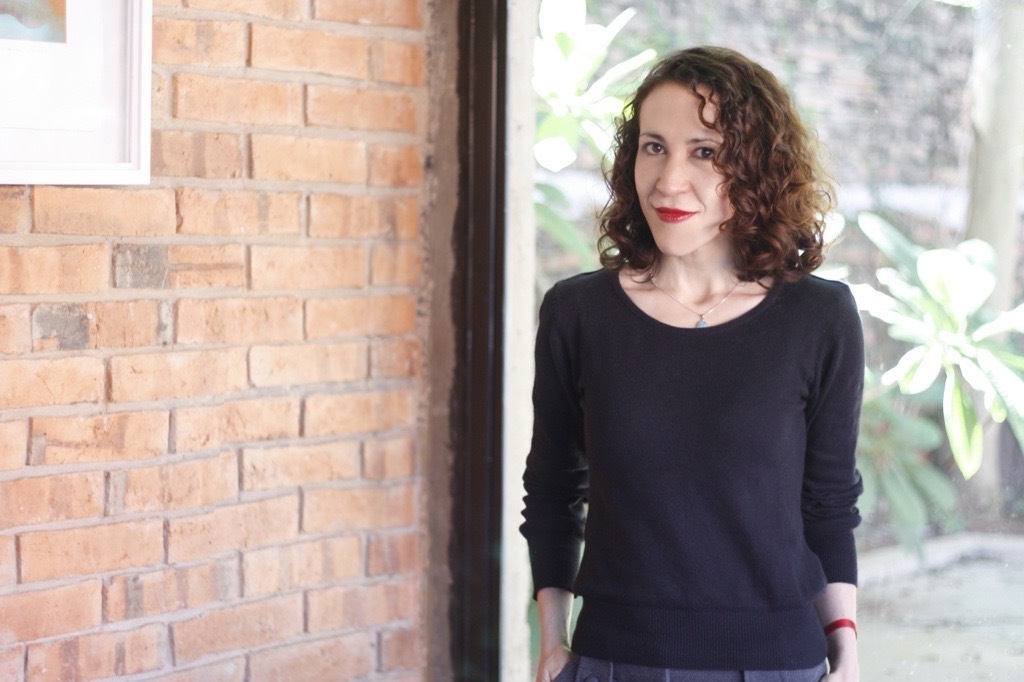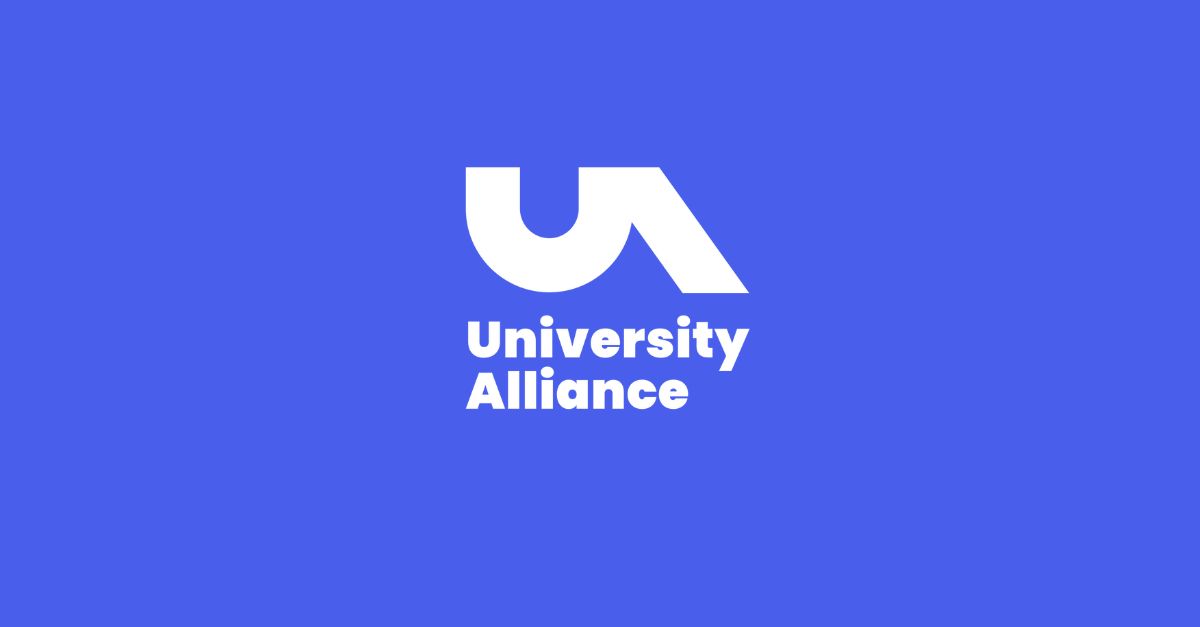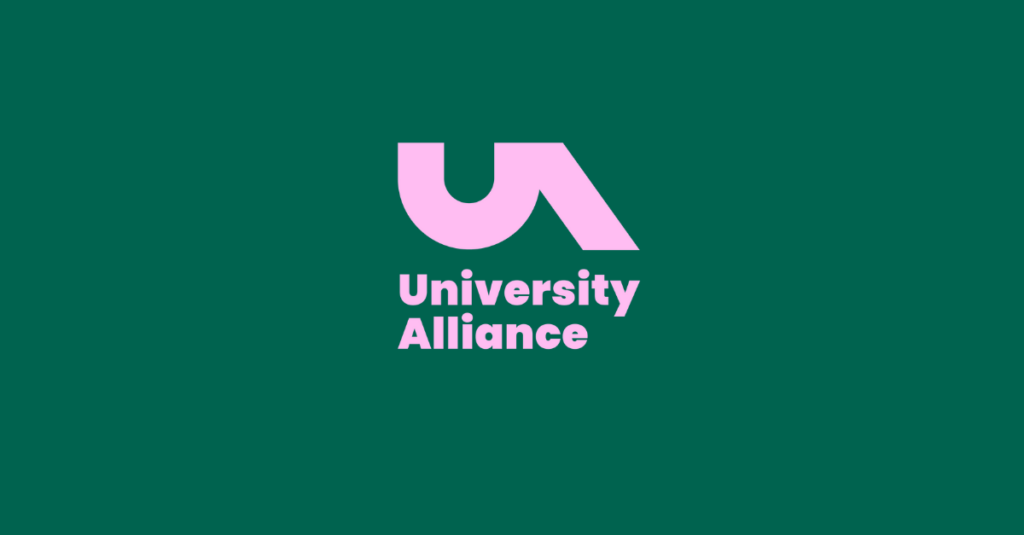
Credit: @Tom_Sparey UWE Bristol
Some sectors set aside the tortoise approach to design a long time ago. In fast fashion and in computer software, for example, businesses and consumers have been reaping the benefits of fast cycle design for many years. The IT industry lives and breathes ‘fast’ at all levels. Most undergraduates joining us this year can scarcely imagine that we used to wait several months for a new season of clothes to roll into the shops.
But fast cycle design for higher education? Really? Aren’t we different – not slow but appropriately thoughtful about what education programme design requires?
The recent experience of Alliance universities suggests that we can have a new normal, a faster normal, a more effective normal. Effectiveness is key. A new course will only be judged a success if it engages each and every student in learning and the world of work, building their social capital and preparing them for life.
At our recent Teaching Excellence Alliance Sandpit, inter-disciplinary teams did precisely that. They designed largely complete programmes in just 24 hours.
How did we do it? The main secret was to take people away from the barriers that prevent this speed. The most basic is the day job. So, for the length of the Sandpit, they were allowed no emails, no phone calls and obviously no teaching, no research, no management and no admin.
We also took them away from the baggage that people have when they are connected to their own programme and their own team – such as hierarchy, personal reputations, established patterns of behaviour and attachment to particular modules and ways of doing things.
In addition, we removed institutional barriers and processes. We had no rules, no conventions and no requirements except sound pedagogy and the distinctive patterns of Alliance education.
Instead, people participated in an intense semi-structured process for building a programme in a day characterised by an openness to innovation. In this environment, they were able to build a programme in a day.
The Sandpit was a special event put together with great care and inspiring leadership by two of our member institutions. It had a focus and intensity which meant that the barriers to innovation could be removed. As always with special events, the key question is how to replicate and deliver the benefits at scale.
With our learning from the event, we are sure that we now have a process which can be adapted for course teams tasked with designing or re-designing programmes. From close discussion with our participants, we have a view of how to make enough difference to their normal work environment to allow the TEA Sandpit process to do its work.
Now we are confident that slow and steady does not have to win the race. In the right conditions, the hare can beat the tortoise.




